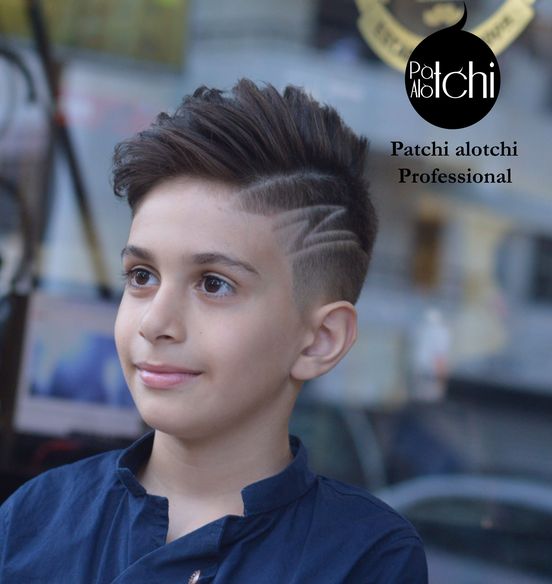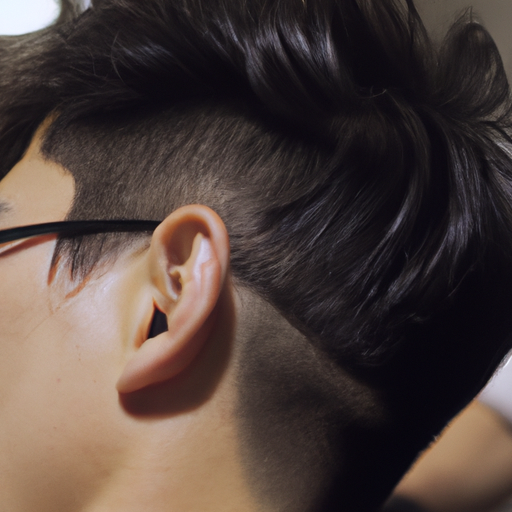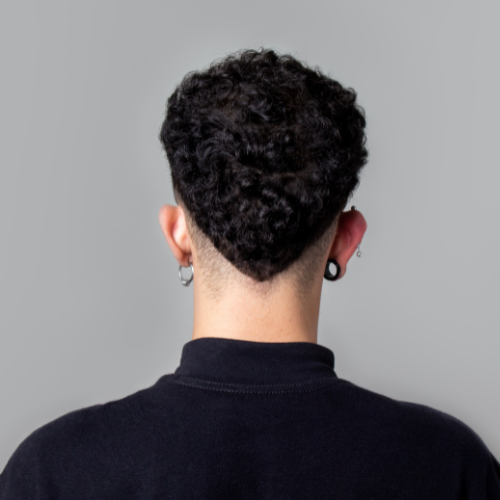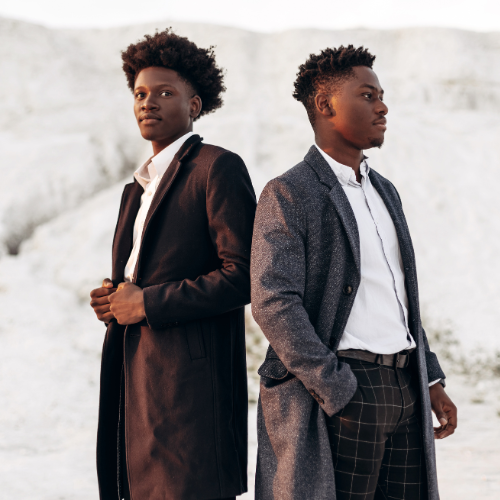The Rise and Fall of the Mullet: A Hair History
In the 1970s, a bold and unconventional hairstyle emerged that would soon become a cultural phenomenon – the mullet. Characterized by its short hair on the front and sides, and long, flowing locks in the back, the mullet was a daring departure from traditional hairstyles. It was a symbol of rebellion and nonconformity, embraced by both men and women who sought to make a statement with their hair.
The mullet gained popularity among musicians and athletes, who often served as trendsetters during this era. Rock icons like David Bowie and Rod Stewart sported mullets, adding to its allure and making it a symbol of rock ‘n’ roll rebellion. Athletes like Andre Agassi and Hulk Hogan also embraced the mullet, further cementing its place in popular culture.
From Iconic to Ironic: The Mullet’s Popularity Soars in the 1980s
The 1980s saw the mullet reach its peak of popularity. It became the go-to hairstyle for many, transcending gender and social boundaries. The mullet was seen as a symbol of coolness and edginess, with its unique combination of business in the front and party in the back. It became a staple of the hair salon, with hairstylists perfecting the art of creating the perfect mullet.
Celebrities like Billy Ray Cyrus, with his iconic “Achy Breaky Heart” mullet, and Patrick Swayze in the movie “Dirty Dancing,” further propelled the mullet into the mainstream. It became a symbol of the carefree and rebellious spirit of the 1980s, embraced by people from all walks of life.
The Mullet’s Demise: How Changing Tastes Led to its Fall in the 1990s
As the 1990s rolled in, tastes began to change, and the mullet’s popularity started to wane. The grunge movement took hold, and with it came a shift towards a more natural and effortless aesthetic. The mullet, with its flamboyant and attention-grabbing style, no longer fits the evolving cultural landscape.
Additionally, the mullet became associated with negative stereotypes. It was often seen as a symbol of redneck culture or a fashion faux pas. The mullet’s association with the working class and its perceived lack of sophistication led to its decline in popularity.
The Mullet’s Legacy: A Hair History Lesson and its Resurgence in Modern Times
Despite its fall from grace in the 1990s, the mullet has left a lasting legacy in the world of hair. It serves as a reminder of a time when people were unafraid to express themselves through their appearance. The mullet has become a cultural touchstone, often referenced in movies, television shows, and music.
In recent years, the mullet has experienced a surprising resurgence. Celebrities like Miley Cyrus and Rihanna have been spotted rocking modern interpretations of the mullet, breathing new life into this once-mocked hairstyle. The mullet has also gained popularity among the LGBTQ+ community, with many individuals embracing it as a symbol of self-expression and non-conformity.
In conclusion, the rise and fall of the mullet is a fascinating hair history that reflects the ever-changing tastes and trends of society. From its bold emergence in the 1970s to its ironic popularity in the 1980s, the mullet captured the imagination of a generation. However, as tastes shifted in the 1990s, the mullet fell out of favor. Nevertheless, its legacy lives on, and the mullet continues to make a comeback in modern times, proving that even the most unconventional hairstyles can find their place in the ever-evolving world of fashion.

Opening Times
Monday – Friday
10AM – 6:30PM
Saturday
10AM – 5PM
Sunday
10AM – 4PM
Contact Details
Patchi Alotchi
5 N Broad St,
Ridgewood, NJ 07450




